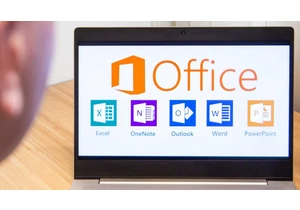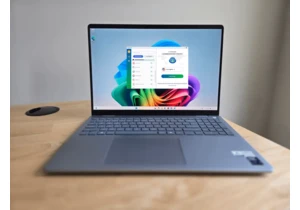Nicknames can be found in many areas. Initially, they were mainly used by the military and secret services, and author pseudonyms have also been used in literature for a long time.
However, such code names are also widespread in the IT industry, where projects and products are often given imaginary names during the development phase.
Here too, the purpose can be to keep important new developments secret from the competition and the public. However, if a certain term is used within the company, everyone involved knows exactly what it is all about.
But IT terms do not always remain within a closed circle of participants — or should not. After all, unambiguous terms are particularly helpful when searching the internet for information, products, drivers, firmware, and much more.
Here’s an example: When Microsoft released the first of this year’s two major feature updates for Windows 11 in the spring, it had a unique KB number like any other update.
If you wanted to know something about the feature update, you would have had to know the seven-digit KB number. The term “Moment 5” was much quicker. Although Microsoft itself never used it, it was clearly assigned to this update in the specialized press and on the internet.
Each Android version stands for a delicious dessert
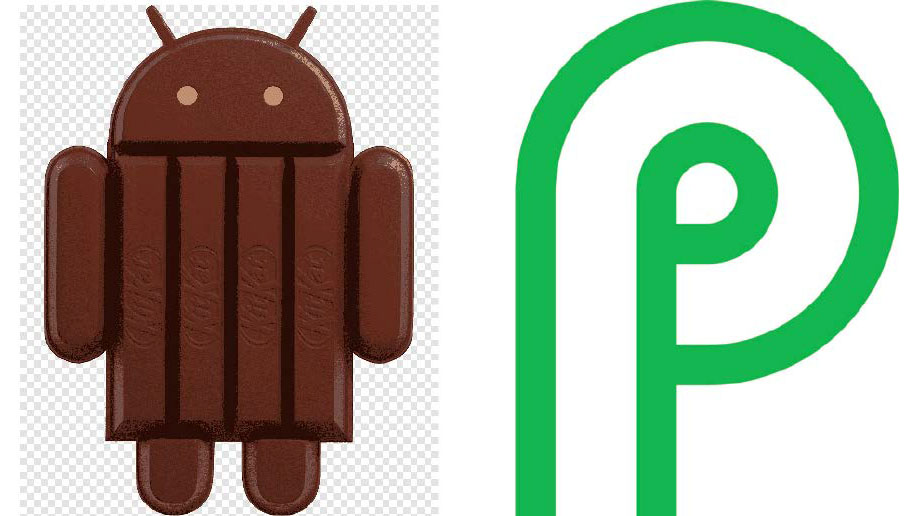
Would you have known? Google used “KitKat” to refer to Android version 4.4 in 2013. Version 9 of the smartphone operating system was simply called “Pie” five years later.
IDG
Sometimes codenames take on a life of their own: When Google introduced its smartphone operating system over 15 years ago, the company gave the first version, Android 1.0, the nickname “Angel Cake.”
Naming subsequent versions after desserts became so popular that there was always speculation about what the next version would be called long before it was released. After all, that’s more exciting than a simple numbering system.
After the current 15 version (“Vanilla Ice Cream”), Android 16 will start with the letter W next year, but nothing more is known at the moment. Things will get really interesting with Android 19, when all the first letters of the alphabet have already been used.
As nice as the naming with desserts is, there are different levels and sub-versions below the main versions of Android.
Among other things, these are important for equipping a smartphone with a specific custom ROM. In other words, an unofficial operating system version that does not originate from the device manufacturer, but which must match the respective smartphone model exactly.
While some initially unofficial designations have developed a life of their own over time, the exact opposite is also true. You only learn the story behind them by chance. This is what happened to the author with an initially inconspicuous product name. We resolve this at the end of the article.
Operating system: The code names behind Windows, Mac OS & Linux
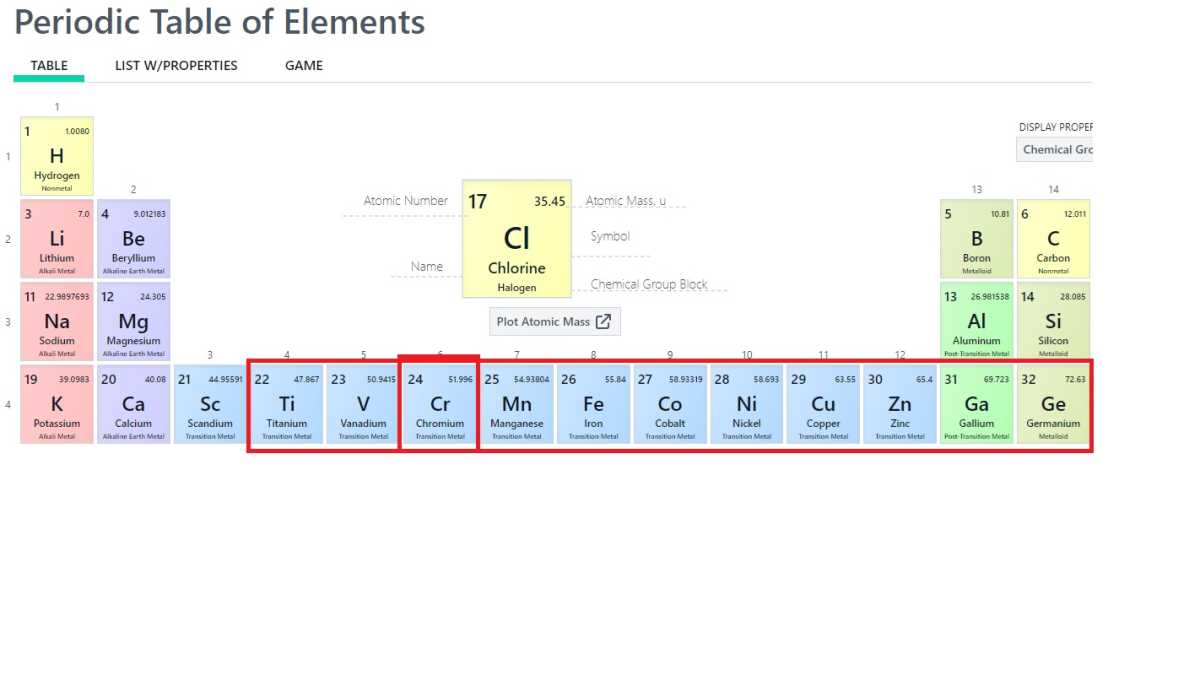
For a while, Windows 10 versions were named after these metals. Because Chrome was already occupied by Google, Microsoft chose the fictitious “Vibranium” from Marvel Comics instead.
Foundry
Many Windows versions also had and still have project names, but Microsoft does not have a system comparable to Android. Moreover, hardly anyone paid attention to the codes.
“Chicago” stood for Windows 95, “Memphis” for Windows 98, “Whistler” for XP, and “Longhorn” for Vista. Whistler has been known as the venue for skiing competitions since the 2010 Winter Olympics in Vancouver.
The fact that Longhorn refers to the Longhorn Bar in the Whistler ski resort falls into the category of useless knowledge. Incidentally, Windows 7 was also called “Windows 7” internally — not very original.
“Redstone” for Windows 10 also became known to a wider public because the term remained unchanged for years.
The different versions could only be distinguished by four-digit numbers: The first two digits stood for the year, the last for the month of release. Version 1709, for example, was from September 2017.
From 2019, Microsoft changed the nomenclature again and each version was given a suffix such as 19H1, 19H2, and so on for the first or second half of a year. At the same time, each version was again given an unofficial name, this time according to chemical elements.
However, because chromium follows titanium and vanadium in the periodic table and the name had long since been taken by Google, Microsoft switched to the fictitious metal “Vibranium” from the Marvel comics.
The new code-name “Sun Valley” was introduced with Windows 11. If you want to shine at the regulars’ table: “Hudson Valley” is the name of the next version of Windows.
A final note on Windows: While the U.S. Apollo space program will not be forgotten, not least thanks to the successful moon landing over 50 years ago, Windows Phone 8 is a different story, despite the identical code name.
Apple assigns code names to almost all of its devices, programs, and services, and this also applies to the versions of iOS and Mac OS.
Wikipedia documents the terms in detail, but only one should be pointed out here: Mac OS X 10.2 — initially only called “Jaguar” internally — is the last version of Mac OS without an official additional name.
From version 10.3 (“Panther”) to 10.8 (“Mountain Lion”), the feline predators became a formal part of the name.
Since version 10.9, they have been natural landmarks from California.

Each Linux distribution of Ubuntu has an individual name in addition to the version number. The current version is called “Noble Numbat” and comes with a mascot.
IDG
The Ubuntu versions stand out among the various Linux distributions.
Each version number has a code name consisting of an adjective and an animal name with the same initial letters: Currently, version 24.04 LTS bears the addition “Noble Numbat.”
And what about Chrome OS? As Google releases a new version of its laptop operating system every few weeks, it dispenses with any additions and simply numbers them consecutively.
CPU names from AMD and Intel
You have probably already come across the word “Lake” in connection with Intel’s PC processors. It is preceded by the name of a real lake. Each of these terms stands for a processor generation, production technology, and more.
This and all other information can of course also be looked up via the exact model designation for each CPU, for example Core i5-12600KF.

The family names of the processor generations from AMD and Intel are extremely helpful for many purposes and are therefore also commonly used on the internet and even by the manufacturers.
IDG
However, Intel — and the same also applies to AMD — offers a processor range that is almost impossible to keep track of and does not always name the individual models logically.
Even experts sometimes find it difficult to keep track. The designations for an entire CPU generation make it easier. These are now so common that it is better to speak of family names rather than code names.
Even Intel uses them in its extensive product database.
These terms are useful for several reasons. Each CPU generation fulfills certain standards and specifications: These include the Bluetooth, Wi-Fi, PCI Express, HDMI, Thunderbolt, RAM generations, and more.
Because every processor determines far more than just computing power, the decision in favor of one generation or another is also important when buying a notebook or PC.
The same applies when upgrading and replacing the motherboard or processor. And because a Google search with a phrase like “Tiger Lake” or “Raptor Lake” leads to clear results much more quickly than with numbers and generations, the terms have taken on a life of their own here too.
Without them, it would also be much more difficult to find out about the development of the latest processor generation on the internet.
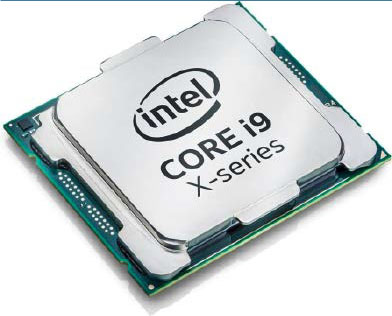
Melden Sie sich an, um einen Kommentar hinzuzufügen
Andere Beiträge in dieser Gruppe

Both the long-awaited, standalone streaming version of ESPN and Fox’s

AOL may have discontinued its dial-up internet services, but at least

Maybe it was the sight of Sengled users literally left in the dark by

Is there a way that Intel can be saved? Former Intel chief executive
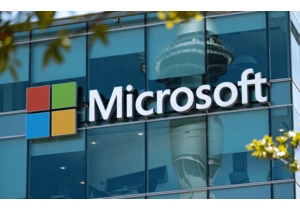
We’re now two months from the planned end of support date for Windows
